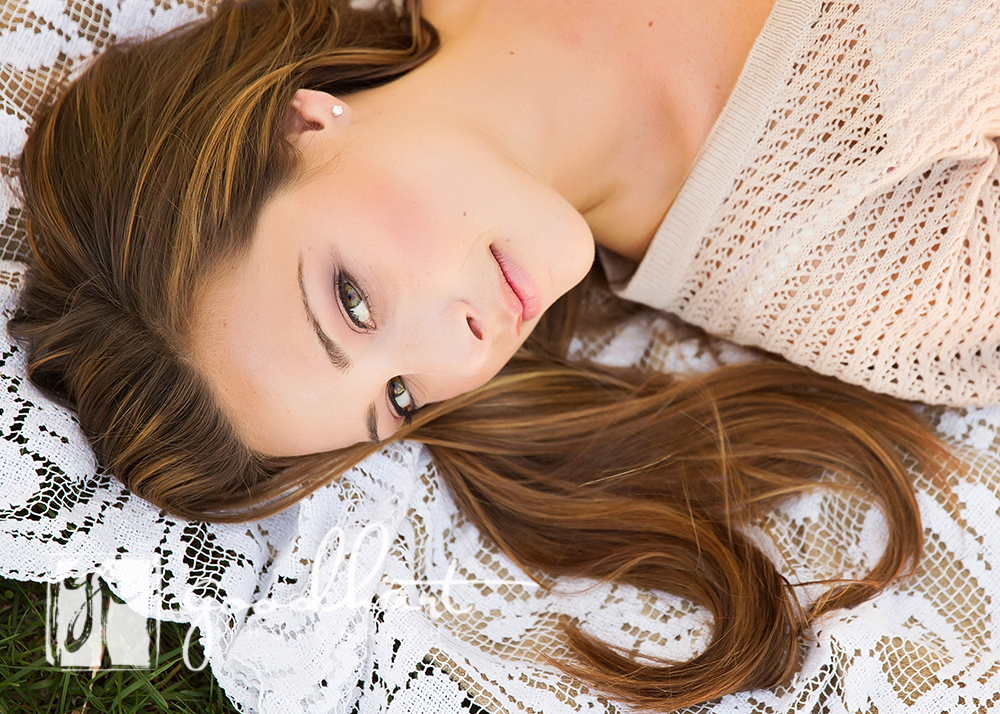In mathematics, a line is the shortest distance between two points. It is always straight. In art, and in photography, a line is a moving point. So a line might be straight, curved, or zig-zag.
Lines contribute to the mood and energy of an image. Vertical lines give a feeling of grandeur, strength, and height.

Horizontal lines impart a sense of peace, serenity, and timelessness.

Diagonal lines convey energy and movement. They can also provide a sense of depth, especially when lines are converging like the image below. You get the sense that people are traveling quite a distance in the photo.

Curved lines are gentle, graceful, and soothing. They slow the viewer down because eyes follow curved lines at a slower pace. This makes an image feel more relaxed, and creates a sense of beauty.

Jagged irregular lines are even more dynamic and energetic than diagonal lines. They make a viewer’s eyes jump around the image and feel unsettled or uncomfortable.

Some lines are implied because of the way our eyes move through a photograph. For example, there is an implied line between the mother and baby’s eyes in the photo below that echoes the line of the mother’s hair in the baby’s fist.

FUNCTION OF LINES IN PHOTOGRAPHY
Leading Lines. Leading lines lead the eye through the image. Our eyes are naturally drawn towards eyes and want to follow them. Positioning your subject at the end of a leading line is a powerful way to highlight your subject.

Dividing Lines. Lines also divide space, providing a separation between two parts of an image, like a horizon line separating ocean and sky. In this image, the line divides the water in the pool from the ledge.

Lines as Subject. Lines can also be used as a subject of a photograph. Sometimes the line creates a pattern or texture and sometimes it is the line itself that is of interest.

#MindfulPhotoChallenge Day 14: Lines
The challenge today is to capture an image with strong lines. On your photowalk keep an eye out for the lines you see and how they make you feel.
- If you are photographing lines as your subject, fill up the frame with the lines and eliminate distracting elements by changing your POV.
- If you find an interesting subject, see if there are leading lines in your surroundings that you can use to draw the viewer’s eyes to the subject.
- Be on the lookout for implied lines.
- When you find lines you like, play around with your POV and see how making the lines diagonal changes the composition (I like to do this with pillars and tree branches)
Share your images on Instagram with #mindfulphotochallenge and/or #RefocusPhotoChallenge, and tag me @ goodhartphotography.
If you enjoyed this article, you might like:
- My full color 30-Day Photography Challenge Workbook here on Amazon.
- My Photography Articles Listed and Sorted by Type here
- My Mindful Photography Workshop here
- My “A Gossamer Thread” Newsletter about photography/creativity, productivity, and joy here
Photo credits: David-lezcano, ussama-azam, zach-lucero,











